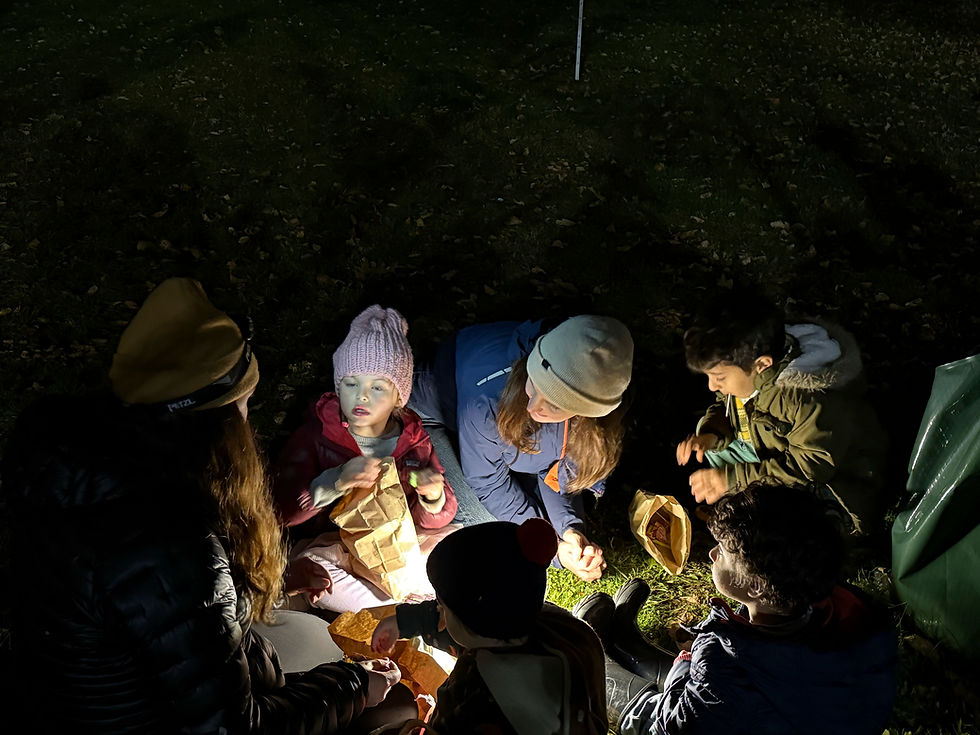Research on children and maps
- Barb Bryant
- Apr 22, 2020
- 2 min read
In designing orienteering-based curricula, what can we learn from research that has been done on how kids learn to make and use maps? This is a good time to take a look at the literature, because JSTOR has expanded free online access from 6 to 100 articles per month during COVID-19.
Here are questions I am interested in:
What value do map reading and navigation skills have for children?
How can we assess map reading and navigation skills?
How do children acquire map reading and navigation skills, and how is that influenced by socio-economic and other factors?
How can we teach map reading and navigation? What are effective ways to modify these techniques for specific learners' experience, knowledge and capabilities?
What are the research methods used to learn about map skills? Do I think they are valid? Are they really measuring what they think they are measuring, or are other interpretations possible of their data? Can we use these methods in our teaching?
Some research studies what children already know, and looks at correlations to their age, experience, and other factors. I'm interested in how they learn, and what they do with that knowledge, which may be harder to get at than assessing their skills at a moment in time.
In 1989, Boardman published an article surveying some work on "graphicacy" in children. Graphicacy is your ability to understand maps and other graphical representations of information. Most young children are good at drawing maps, and understanding both aerial photos and maps, of areas with which they are familiar. They have better mental maps of areas where they have engaged in active exploration as opposed to having a passive and restricted experience (like walking to school or - worse - being driven to school). From this, I take away the following:
Start by mapping areas that kids are familiar with through exploratory play. If you're in a new place, the first games, before introducing a map, should be exploratory play to get to know the area.
Most but not all kids have these abilities at a young age. How do we help the kids who are slower to acquire these skills?
Using aerial photos works well with children.
One study used objects like models and toy houses. Children were asked to lay out the objects on a large piece of paper to show where things were in their neighborhood. The researcher then drew around each object onto the paper, and labeled it with the name used by the child. This removes the drawing challenge and allows a different modality for children to make a map. It makes it easier to adjust the components of the map to get the spatial relationships right. This seems like a great technique. It also got me thinking that we don't have direct access to kids' mental maps; they are filtered through the means of expression.
What is something you have learned from research on map understanding?

Figure 1 from Lee, Shusterman & Spelke, "Reorientation and landmark-guided search by young children," Psychological Science 17(7):577-582, 2006.




Comments